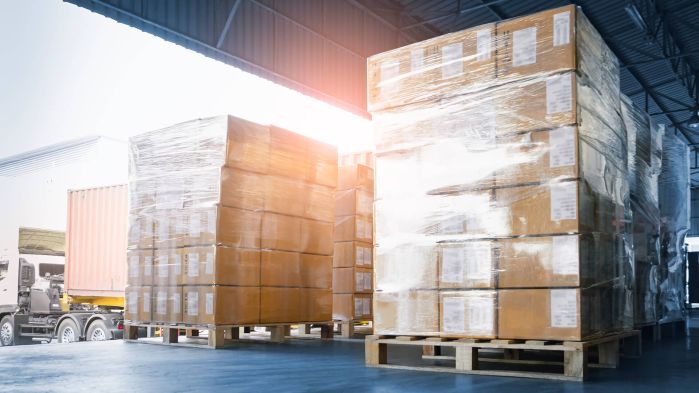Do you know how good you really are? If you are a freight forwarder and cannot answer this question immediately, you probably still have room for improvement in your business intelligence stance. In this blog post, we look at what you can do and what actions are involved in business intelligence.
Business intelligence describes a procedure for the collection, analysis, and presentation of business data. It integrates individual solutions found in all business areas that contain data for managing and directing the company. In addition to generating reports on the freight forwarder's historical performance, business intelligence also provides information that helps management make decisions.
Logistics service providers use software solutions for business intelligence tasks. At the most basic level, they use spreadsheets such as Microsoft Excel. However, transport and logistics chains are now integrated in such increasingly complex ways that they generate too much data in too many different source systems to enable meaningful data analysis. Special BI applications take this data and turn it into actionable information. They contain information filters and act as an early warning system when set thresholds are reached, for example, delays in deliveries or vehicle shortages in the fleet. To do this, the systems must have a central data warehouse as a single point of truth. The data warehouse integrates all of the freight forwarder's operational data sources, such as enterprise resource planning (ERP) or transport management systems (TMS). However, this database is decoupled from the production data in order not to slow down data processing in live processes.
The data is also merged with the most accurate information (at that time) in real time. The same reference parameters must always be maintained to ensure consistency in the data representation. They enable users to "drill down" into the data, i.e. take a closer look at concrete values in a broader context. For example, they can see what percentage of orders placed by a highly profitable customer consists of general cargo shipments. This degree of consistency is essential in order to visualise certain relationships that many solutions present in dashboards, including:
- Number of stops per local transport trip
- Travel time overruns compared to planned trips
- Loading and unloading times
Business intelligence applications give executives at freight forwarding companies extensive support in operational management. One of the greatest benefits of BI systems is decision making. The solutions support data mining of executed transports, i.e. precise analyses of process data to identify productivity drivers and obstacles. They can then clearly visualise the analysis and, having provided visibility into all ongoing processes, provide the knowledge needed to make sound business decisions. Their dashboards provide information on:
- Fleets
- Truck utilisation
- Required line frequency
- On-time deliveries
- Loading times
- Routes
- CO2 emissions
- Costs and profits
- Customers (for example, the number of orders executed per unit of time)
In short, there are many ways to leverage the data mining results produced by business intelligence solutions.
These applications originally hail from the field of data analytics and provide visibility into process performance. However, as operational systems become increasing connected and data warehouses come online, these applications now handle real-time communication as well. This has opened up further application areas. They monitor transport and set-up times and recognise patterns and deviations through statistical analysis. For example, dispatching can recognise if a truck frequently stops at a particular recipient's location for an exceedingly long time and how many extra minutes the truck stays parked there. The software can also be used to issue ad hoc reports and set up interactive dashboards with real-time alerts. Some applications also support self-service functions and predictive analytics. When combined with a rights management system, they enable registered users to run searches independently in approved data sets. They can also predict future trends based on historical data. Thanks to the monitoring reports, logistics professionals can make the right decisions and know where and how to optimise transports.



